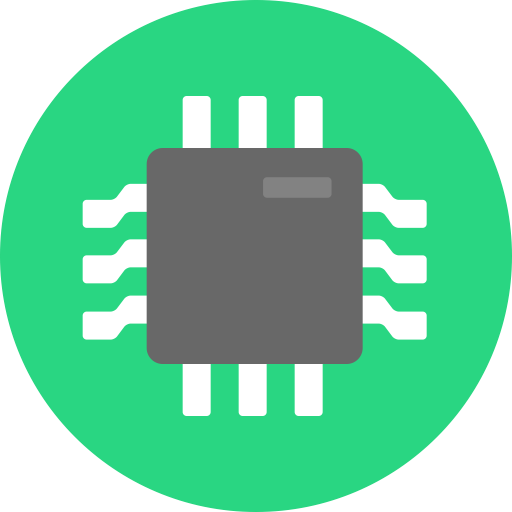

Gonna say what everyone haven’t: the display is great to read but that’s it. The hardware is mediocre at best, and SolOS is unimpressive. At $730 it’s DOA since the iPad Air M2 exists and you can watch streaming on that.


Gonna say what everyone haven’t: the display is great to read but that’s it. The hardware is mediocre at best, and SolOS is unimpressive. At $730 it’s DOA since the iPad Air M2 exists and you can watch streaming on that.
This article gives some insight on what Zen 5 is all about on desktop and PC. Personally I’m intrigued about how RYZEN AI 300 will perform, and how the availability will be, especially on the Mini PC side.


And where is the evidence? Asking for a friend.


Yes and no. They had to put the version identifier somewhere to avoid sorting problems or parsing problems, so I think that putting somewhat in the middle is a good tradeoff.


Let’s see:
Yeah, I get the sentiment: why. But Apple has to start with something, and if they want people to buy games they will need a bigger catalog, and for that they need to keep their porting tools easier to implement.


Well, the thing is that 3 years looks like “too long” but eventually the spec is held by the timeframe of having actual silicon. Even if it’s not 1 year or 2, at least is not 5 or 7.
That’s probably the problem of standards. Everyone has to agree to a new spec, instead of a company offering double the PCI Express bandwidth and latency that, low and behold, only works on their hardware and will charge for royalties.
3 years look like a lot, but it’s cheaper than vendor lock-in, which everyone has afraid of since is in that moment your business is controlled by other business.


I don’t think it’s a scam or a fraud (legally), but it’s really an undercooked assistant that is $170 too much.
I think that CZ has something, but eventually we will have to wait and let it cook, to check how the company (and maybe the device) are entangled with cryptos.


I suspect they will port core software running on the cloud first, running C# and chomping tops of RAM and CPU because reasons. Rust helps with both, but it takes time to port. Frontend apps will be the last thing will bring to Rust, maybe using WASM, and to avoid tools, use the same WASM packaged with Chromium for their standalone “apps” and walá: one codebase, all platforms.
What’s dissapointing about Dev Home is that it offers nothing of value to the average developer, let alone somebody start it.
Given the power of containerization and WSL2, you would expect it could create development environments for a given app, like creating a firmware for a microcontroller using Rust, or a backend using Typescript, and even bring common tools or toolchains. Instead, we get some widgets and that’s it.
Same here I would use SurrealDB if I had only a front end app, as you can only use websockets and HTTP to connect to the database, and even push authentication to the database itself. There are many features for real-time apps there.
Otherwise, PostgreSQL is more stable.


deleted by creator


Of course, otherwise would mean investing in huge data centers for running LLM models, or worse, buying hardware from NVIDIA.
Optimization is the key. Privacy is just an added bonus.


If they do they become the undisputed king of portability.
It baffles me why Apple didn’t push more proactively sharing cellular over their devices, but it always seemed that it was because of cellular models or cellular companies pressure.
I’m still waiting for the moment you can use cellular as a WiFi backup in a laptop without having to push a button.


This could backfire into something Google don’t want: everyone using adblockers.
Imagine everyone installing adblockers just to skip YouTube’s obnoxious ad rolls, just to also block most Internet ads.
Suddenly, having an adblocker becomes mainstream like wearing socks.
Certainly the price increase involves losing a very small but vocal percent of users, that is covered by the rest of users who swallow the new price.
To me, their pricing wasn’t competitive. The only good plan is Apple Music plus TV+ if you’re st udent.


Well, that’s a bummer, but it will be interesting to see how it stacks up on day-to-day usage.
It’s not that the folks on the base M3 are going to stress out the machine with high computation tasks, but the Pro and Max surely will have enough people talking about synthetic benchmarks vs real benchmarks to see what optimizations Apple made that and are not paying off.


Dunno about that. Last time I checked it would depend also on the volume. How much would cost this FPGA alone around 1000 units.


Didn’t know about that. Any way, I don’t think I’m the target audience for this device.


deleted by creator
There you have it. If iMessages was cross platform, people would use it, but it doesn’t, so people will pivot for the second best thing.
Also, Northamerica SMS roots are deep, deeper than Europe, Asia and Latinamerica. Disgusting or not, the people already made its choice: $1 a year was too much.